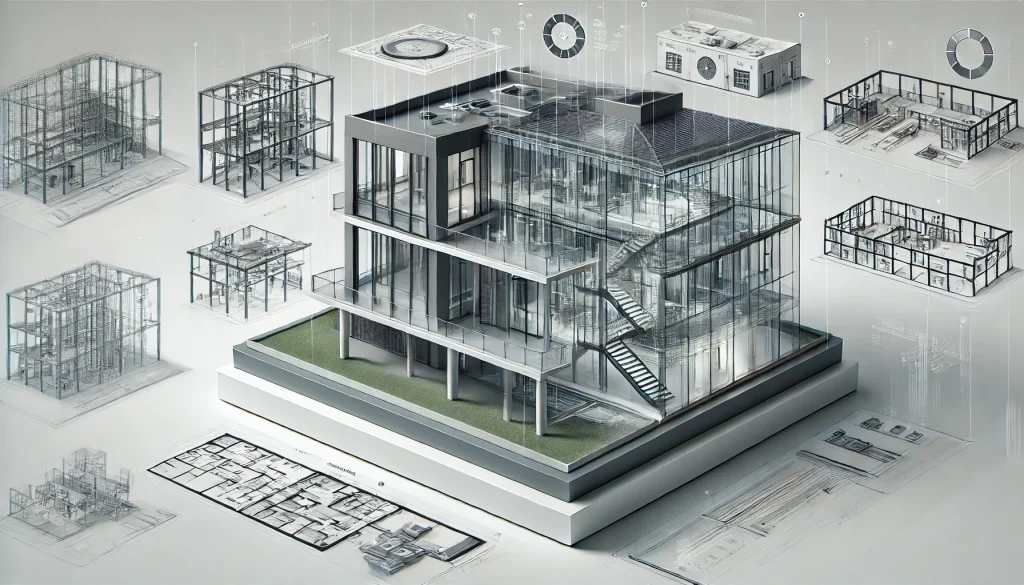
Building Information Modeling (BIM) continues to revolutionize the construction industry. As we move into a more technological future, new trends and technologies are emerging to enhance project efficiency, sustainability and collaboration. In this article, we explore the key trends that are shaping the future of BIM.
Contenido
Trend 1: Digital Twins
Digital twins are virtual replicas of physical assets, such as buildings or machinery, that allow professionals to analyze and predict their performance in real time. Thanks to this technology, the parties involved in the esadas can anticipate maintenance problems, optimize resources and improve decision making.
In construction projects, digital twins combined with BIM data can simulate scenarios, reducing errors and speeding up development times. For example, anticipating bottlenecks or design adjustments can generate significant savings and improve the quality of the final product.
Trend 2: BIM in the Cloud (BIM in the Cloud)
Cloud collaboration is transforming information management in BIM projects. This technology allows teams to access models, update them and work in real time from anywhere in the world, ensuring that everyone is operating with the latest data.
By integrating BIM into the cloud, manufacturers can offer their products on globally accessible platforms, facilitating their incorporation into BIM models. This also fosters greater coordination and minimizes delays caused by outdated information.
Trend 3: Automation in BIM
Automation is revolutionizing the way BIM models are created and managed. From using AI to optimize designs to robots that build with pinpoint accuracy, this trend promises to increase efficiency and reduce risk.
For manufacturers, automation not only speeds up production, but also makes it possible to adapt quickly to market needs, offering customized and competitive solutions.
Trend 4: Prefabrication and BIM
Prefabrication, combined with BIM, is setting a new standard in construction. This method allows components to be designed and manufactured off-site, and then assembled on-site with precision thanks to BIM models.
This approach not only reduces construction times, but also ensures a perfect fit of components, improving efficiency and reducing costs. Countries such as the Netherlands have led this trend, showing impressive results in terms of speed and sustainability.
Trend 5: Virtual and Augmented Reality (VR/AR)
Virtual and augmented reality are taking BIM project visualization to the next level. to a whole new level. These technologies allow stakeholders to explore 3D models in detail, identifying problems before work begins.
In addition, they offer a powerful tool for presenting projects to clients, improving understanding and collaboration between teams.
The Future of BIM
The future of BIM is full of possibilities. Technologies such as digital twins, automation and augmented reality are transforming the way we think about construction. To stay competitive, manufacturers and professionals must adapt to these trends and take advantage of the tools available.
